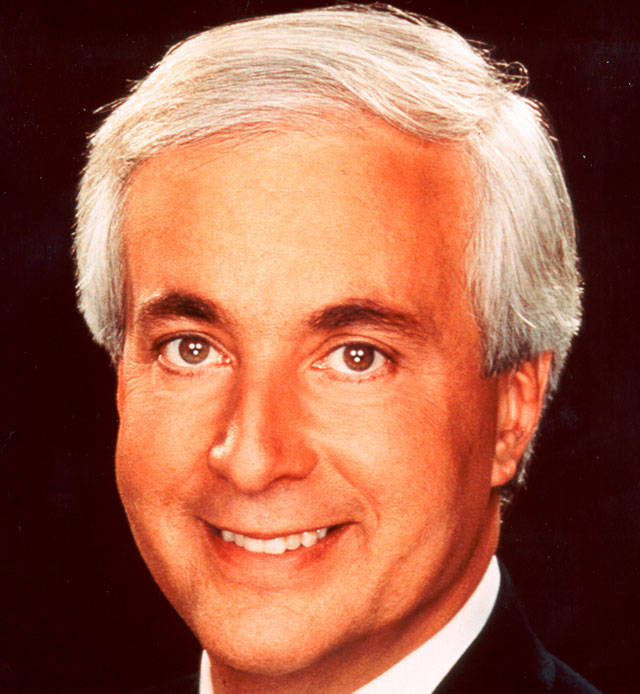Responding to public demand and civic responsibility, the three major cable TV channels — Fox News Channel, CNN and MSNBC — have essentially become all-coronavirus, all the time.
But increasingly the outlets face vexing questions: When should the president be covered live? And, moreover, when is it appropriate to cut away?
As President Trump’s daily briefing sessions have grown longer, sometimes reaching two hours, CNN and MSNBC have pulled back. Fox News, which is often shamefully supportive of Trump and his administration, has stayed with all but one White House feed to the very end. Having spent the early years of my career in ABC’s New York newsroom, I can state unequivocally that there is no more difficult decision than when to grant airtime to the president — especially during a national emergency.
Coverage on April 1 provided a good example of how this process is playing out. All three channels carried the White House briefing live, but CNN cut away roughly 30 minutes before Trump stopped taking questions. As it happened, the first question after CNN pulled out was significant: How will Americans without medical coverage — those in the so-called “doughnut hole” — pay for care? Regardless of the answer (Trump said he was studying it), it’s hard to imagine a more newsworthy question.
A few minutes later MSNBC cut away, leaving Fox News alone to carry the briefing live. Among the topics that followed: Should the public be wearing masks? Should churches be holding services? Would Joe Biden’s input be welcome? What should be done about stranded cruise ship passengers? And so forth.
The thinking among some news executives goes like this: (a) The president is stretching the length of the briefings and using them for peripheral purposes, such as bringing corporate CEOs to the stage for a turn in the spotlight; (b) Not all channels need cover every minute of such events, since summaries and clips are available on a wide variety of platforms, and (c) This is an election year and Trump is, in effect, replacing his rallies with daily briefings — leading him to boast about high ratings.
The other side of this journalistic conundrum: (a) In a national emergency, the president should be given wide latitude to communicate with the American people; (b) The public has profound interest in not only the president’s remarks but also the comments of Dr. Anthony Fauci, Dr. Deborah Birx, and others on the White House response team, and (c) Although there might be a political component, it is not possible for journalists to sift through a live feed looking for it — it’s simply part of presidential privilege.
Before the crisis a clear pattern had developed in which Fox News carried most, if not all, of Trump’s campaign rallies, while CNN and MSNBC carried none. That was understandable. But during the current crisis the considerations are different.
A White House aide, Judd Deere, tweeted that the decision to cut away from a White House briefing is “pretty disgraceful.” That day, when MSNBC cut the president, host Ari Melber explained to viewers, “We cut off the president at this juncture because we have gotten a great deal of information as well as other statements, and we’re going to go through it for you.”
Clearly, by stretching these sessions Trump is, in effect, daring cable channels to cut him off. That said, this is as big a national emergency as most of us can remember. The public is thirsty for information.
I would not cut the president as long as he’s speaking at the podium. If he departs, leaving the vice president and others to speak, I would consider switching to other coverage.
For his part, Trump has fanned flames by scolding some correspondents and attacking news organizations for distributing what he persists in calling “fake news.” His daily discourses are riddled with exaggerations, accusations and outright lies.
But that’s not a reason to hide it. In fact, it’s yet another reason to cover it live.
Peter Funt is a writer and speaker.



